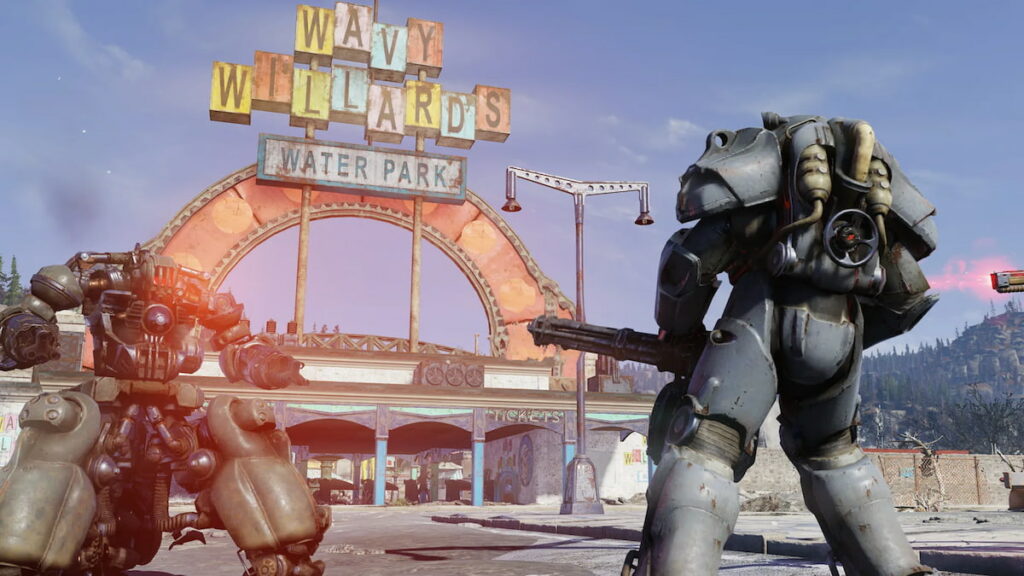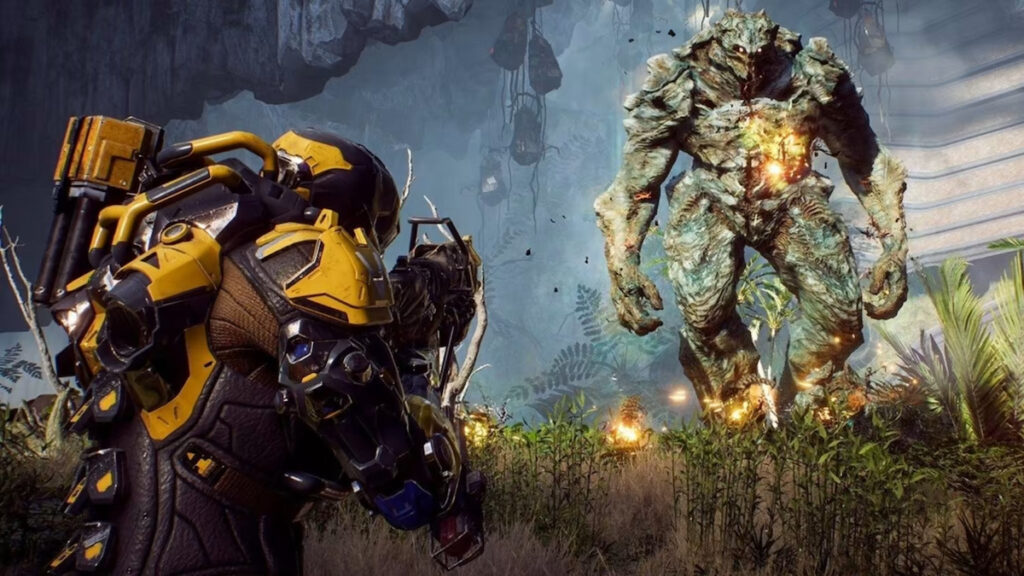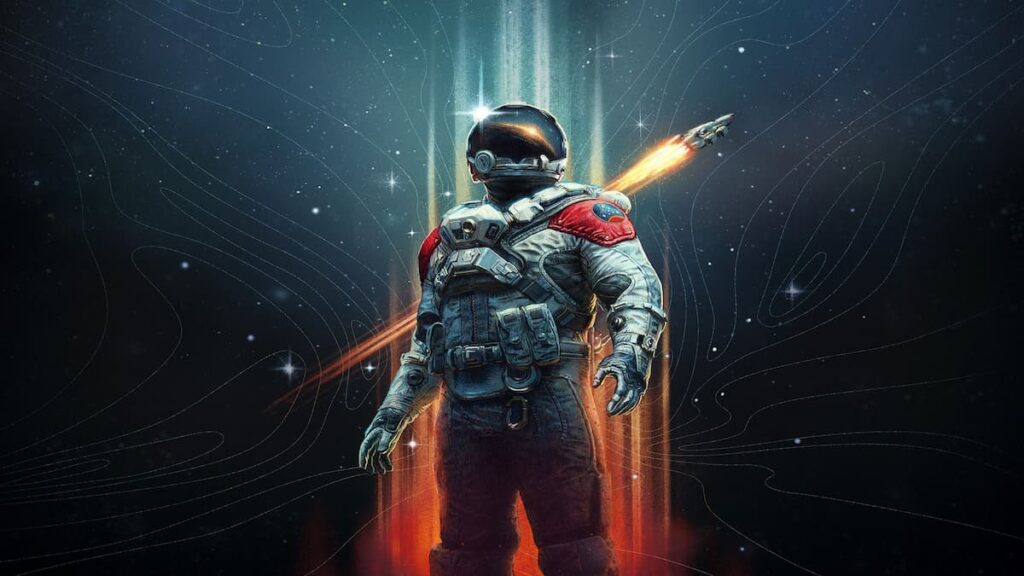
Image source: THQ Nordic
Updated: 02-02-2024
Open world design has long dominated mainstream gaming. We just can’t get enough of exploring vast sandboxes that offer the promise of endless adventures. However, not all open worlds manage to maintain that initial sense of wonder and engagement throughout the entire run time. Here, we list 10 of the most lifeless open world games that, despite their initial allure, ultimately feel empty after just a few hours.
Redfall

Redfall has been one of 2023’s biggest gaming disappointments. After a long period of hype for a stylish co-op vampire shooter in an immersive open world, the finished product fell well short. Redfall has been panned for many issues, including a shallow gameplay loop and many technical problems. Additionally, even with supernatural phenomena, a small American town doesn’t make for a thrilling game environment.
We’re gutted to see an esteemed studio like Arkane fall from grace with the misstep that is Redfall. Let’s hope they make a strong comeback soon.
Fallout 76

As a departure from the beloved single-player Fallout series, Fallout 76 introduced an online multiplayer experience set in a post-apocalyptic West Virginia. Sadly, the world lacked the rich storytelling and memorable characters that made its predecessors so engaging, resulting in a desolate and uninspired wasteland.
Of course, Fallout 76 has since had a plethora of new content added to the base package. The game today represents a massive step forward from the experience at launch. And yet still, West Virginia feels lacking in engagement and that sense of life that the best open worlds do. Starfield needs to hurry up and launch soon.
Halo Infinite

While Halo Infinite brings the iconic Master Chief to an open-world environment, the game falls short of creating a captivating experience. The expansive world lacks the finely-crafted levels of previous Halo installments, with traversal between missions feeling unremarkable. This, combined with limited content, leaves players with a finite amount of engaging gameplay. It’s largely a case of open world for open world’s sake, which is never a good basis for a compelling sandbox experience.
Anthem

Promising a dynamic and immersive multiplayer experience set in a breathtaking science fiction world, Anthem failed to deliver on its grand ambitions. The lack of compelling quests, shallow world-building, and repetitive mission structure quickly turned its beautiful open world into a lifeless expanse. Unlike games such as Fallout 76 and No Man’s Sky, Anthem never managed to properly recover and deliver on the initial promise of its spectacle. It has to go down as one of the games industry’s biggest bombs.
Watch Dogs

The original Watch Dogs presented players with a grim but compelling and technologically-advanced Chicago, but it lacked meaningful activities. Repetitive side missions made the world feel devoid of life and purpose. It looked pretty by contemporary standards at the time (despite the downgrade), but it couldn’t hold a candle to the bustle of life in GTAV’s Los Santos, for example.
Thankfully, Watch Dogs 2 improved on this to a degree, with a far more immersive open world, even if it struggled in other areas.
Mirror’s Edge: Catalyst

Mirror’s Edge: Catalyst replaced the linear levels of the first game with non-linear, open-world gameplay. However, many fans of the series dislike this approach. The first game’s levels were perfectly crafted to encourage exploration and reward efficiency, which was lost in Mirror’s Edge: Catalyst. The side quests became difficult to tackle without guesswork, and without engaging side content, the open world felt empty and lacking in interesting areas to explore.
Catalyst is another case of sandbox design being implemented to represent a “next step” for the franchise but without the proper substance to make it work in an exciting and inventive way. It all gets dull very fast.
Biomutant

No list of lifeless open world games would be complete without Biomutant. After years of anticipation, it was rightly criticized for not living up to its ambitious promises. The open world, although inspired by games like Breath of the Wild, lacked a sense of discovery and was filled with vast spaces of nothingness. Fetch quests dominated the side quest experience, and the overall world lacked compelling design and interesting story-driven quests, resulting in a bland and unengaging experience.
Most frustrating of all, the empty open world was completely devoid of life, which made the prospect of exploring its many locations uninteresting.
Forspoken

Ah, Forspoken. You never really had a chance. Compared against the slew of excellent open-world RPGs like Elden Ring and Cyberpunk 2077, Luminous Productions’ new IP was always going to be a hard sell. But then footage emerged of some of the cringe dialogue that ever sullied a video game, and the general sentiment went from apathetic to negative. Perhaps creating one of the most obnoxious, unlikeable protagonists we’ve ever known wasn’t the best ploy.
Although Forspoken has some things going for it, such as the fluidity with which you can traverse its open world, the Athia is unfortunately a lifeless open world. It looks pretty, sure, but Athia’s so devoid of POIs and surprising events, that it just couldn’t hold our interest.
The Crew

The Crew aimed to deliver an expansive open-world racing experience, recreating a scaled-down version of the United States. However, the vast world lacked the attention to detail and meaningful content necessary to make exploration truly rewarding. The lackluster mission design and repetitive activities contributed to a sense of emptiness, failing to capture the excitement and thrill of a vibrant racing world.
Starfield

Let’s be honest: the writing was on the wall with Starfield. As soon as Todd Howard said that Starfield has 1,000 procedurally-generated planets, with life on only 10% of them, alarm bells were blaring in WGD HQ. For a company renowned for its expansive worlds begging for exploration in the Elder Scrolls series, this sounded like a step back.
Well, we were right to be sceptical. Starfield has some great systems; its ship building in particular is superb. But the worlds that you explore are too often barren, quite literally devoid of life and anything interesting to discover. And then, when you do come across something, chances are its a complex you’ve seen a dozen times already.
In the end, an open world can make or break a game, and while these titles had their initial allure, they ultimately failed to provide a consistently engaging and fulfilling experience, leaving players feeling unsatisfied and longing for more meaningful content in their virtual adventures.
That wraps up our list of the top 10 most lifeless open world games that got old and boring fast. As games like The Witcher 3 and The Legend of Zelda: Tears of the Kingdom have shown, a good open world can be enrapturing. A bland, empty one, however, is anything but.





